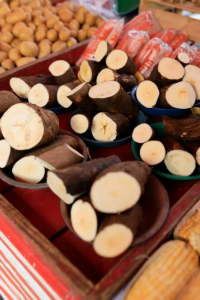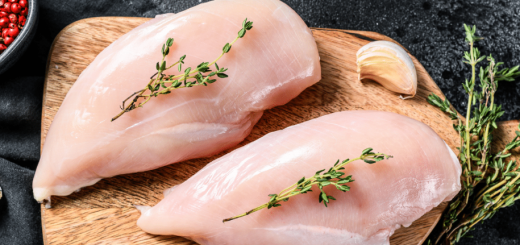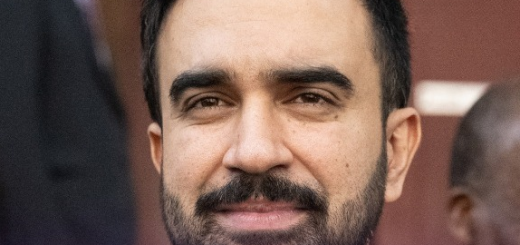The ‘World’s Deadliest Food’ Claims Lives Every Year — Yet Half a Billion People Still Eat It
When it comes to healthy eating, choosing safe and nutritious foods is essential for long-term well-being. However, not all widely consumed foods are without risks.
One surprising example is cassava, often called the “world’s deadliest food.”

Despite its dangers, cassava remains a staple in the diets of millions of people across the globe, especially in tropical regions.
🥔 What Is Cassava?
Cassava, also known as yuca or manioc, is a starchy root vegetable native to Central and South America. Today, it is widely cultivated in Africa, Asia, and Latin America.
Countries like Nigeria, Thailand, and Indonesia are among the world’s largest producers.
Similar to potatoes, cassava is a major source of carbohydrates, offering Vitamin C, copper, and dietary fiber.
In many developing regions, it plays a crucial role in preventing hunger and malnutrition.
⚠️ Why Is Cassava Considered Dangerous?
The danger with cassava lies in its natural toxins. According to the World Health Organization (WHO), cassava tubers contain cyanogenic glucosides—compounds that release cyanide when not processed properly.
The WHO explains:
“Appropriate processing before consumption can reduce cyanogenic glucoside content of cassava. When high-cyanogenic cassava is not processed correctly, high dietary cyanide exposure occurs.
This often happens during times of famine and war.”

Poor preparation can lead to acute cyanide poisoning, and in severe cases, long-term neurological diseases like konzo, a paralytic disease linked to extreme poverty and low protein diets.
Research suggests that approximately 200 deaths per year are attributed to cyanide poisoning from cassava consumption.
✅ How to Make Cassava Safe to Eat
When handled properly, cassava can be a safe and nutritious part of the diet. Safe preparation methods include:
-
Peeling the cassava root thoroughly
-
Soaking it in water for at least 24 hours
-
Boiling or drying it in the sun before eating
By following these methods, harmful cyanide levels can be reduced significantly, making cassava a valuable source of energy and nutrients.
🌍 Why Do So Many People Still Eat It?
Despite its risks, cassava continues to feed over 500 million people worldwide because of its adaptability to grow in poor soils and harsh climates.
For many communities, especially in rural Africa, cassava remains a vital crop for survival.
As awareness grows about safe preparation methods, the risks associated with cassava can be better managed, helping protect vulnerable communities while maintaining this important food source.




























